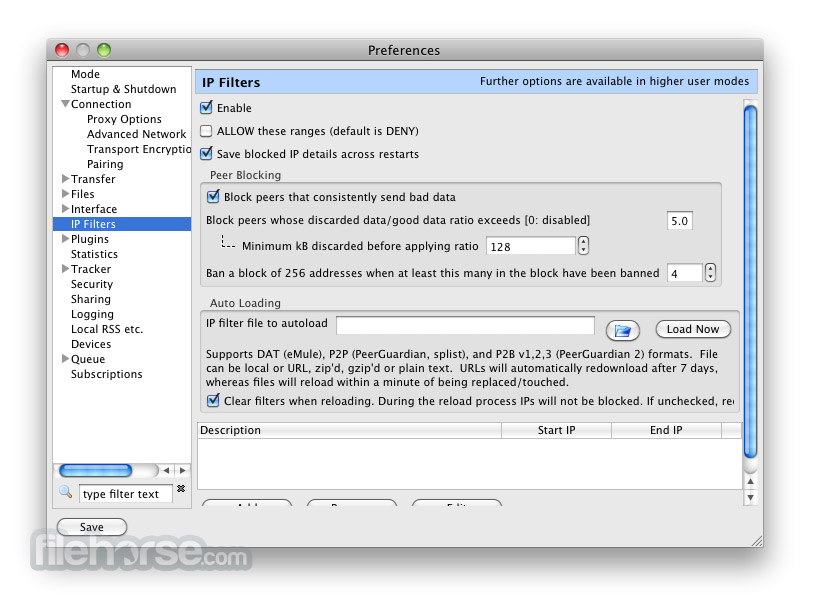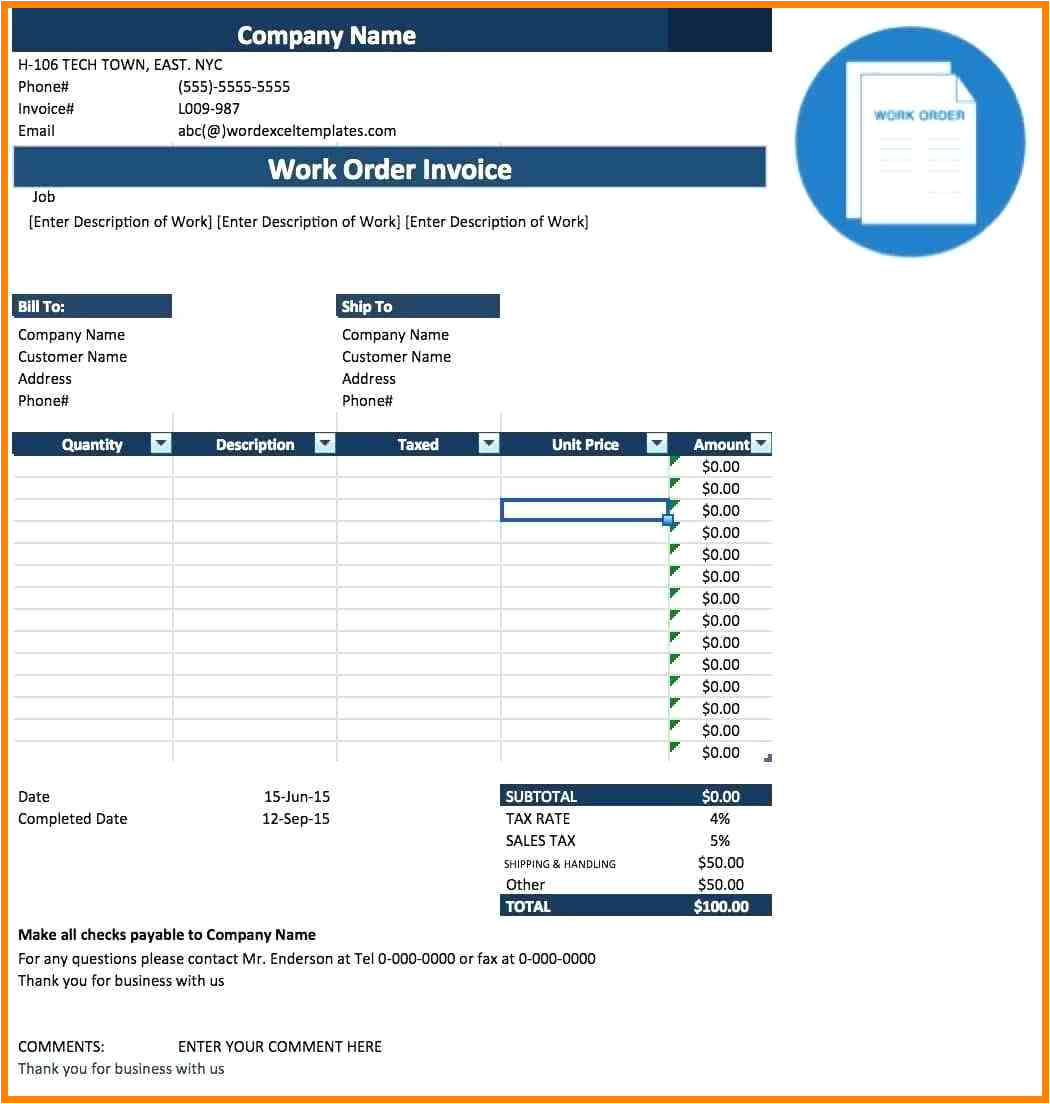

To resolve this issue, use the following method. For example, see the following screen shot:

However, as we mentioned in the "Cause" section, this URL is not listed in the SAN of the SSL certificate that is used by the Autodiscover service. In the following example, the Outlook client can locate the Autodiscover service by using the A record for the Autodiscover URL as described in step 3 in the previous table: To locate an SRV record, run the following commands: Make sure you substitute below with the domain with the value at the top of your certificate error. To locate an A record, run the following commands.
#Vuze search template 2016 windows#
To determine which records are used currently, run the following commands at a command prompt or in Windows PowerShell:

In summary, the Autodiscover service may be resolved by using an A record, a CNAME record, or an SRV record. Result If the Autodiscover service is not found by any of these methods, Autodiscover fails. The SRV record then returns another URL, for which some kind of resolvable record must exist, such as an A record or a CNAME record. Outlook client tries to locate a DNS service (SRV) Record for the Autodiscover service in the DNS zone that matches the user's SMTP domain. Outlook client tries to locate an A Record for the URL that is appended with Autodiscover. User's SMTP domain is prepended with Autodiscover. Outlook client tries to locate an A Record for the user's SMTP domain. Outlook client tries to locate an A Record for the URL that is returned by the SCP object. The Service Connection Point (SCP) object - Internal connections only. The following table displays the fundamental order of operations for how the Outlook client locates the Autodiscover service: This location depends on whether there is an on-premises solution in co-existence and what the specific on-premises email environment is (for example, an on-premises Microsoft Exchange Server, an on-premises Lotus Notes, or another environment). However, the step in which the Autodiscover service is located varies from deployment to deployment. The Outlook client tries to locate the Autodiscover service by using the following fundamental order of operations. However, these changes should not be taken lightly, because the Autodiscover feature may not function if DNS records are configured incorrectly.īefore you change the Autodiscover DNS records, you should understand how the Outlook client tries to locate the Autodiscover service. To resolve this issue, you may have to change your Autodiscover DNS records (internal, external, or both). Although different organizations' configurations may differ slightly, this issue typically occurs because the organization's Autodiscover Domain Name System (DNS) records are configured incorrectly. Generally, this issue occurs when the URL that you are trying to access is not listed in either the Subject or the Subject Alternative Name (SAN) of the Secure Sockets Layer (SSL) certificate for the website. The failure of Autodiscover lookup prevents the following features from working as expected:Īutomatic creation of an Outlook profile by using Autodiscover However, if the user clicks No, Autodiscover lookup fails. If the user clicks Yes, the user can continue the operation. The issue occurs intermittently when the Outlook client is running. The user tries to start an Outlook client. The user tries to create a new profile in Microsoft Office Outlook. This issue may occur under the following circumstances: The name on the security certificate is invalid or does not match the name of the site.įor example, the Security Alert dialog box resembles the following:


 0 kommentar(er)
0 kommentar(er)
